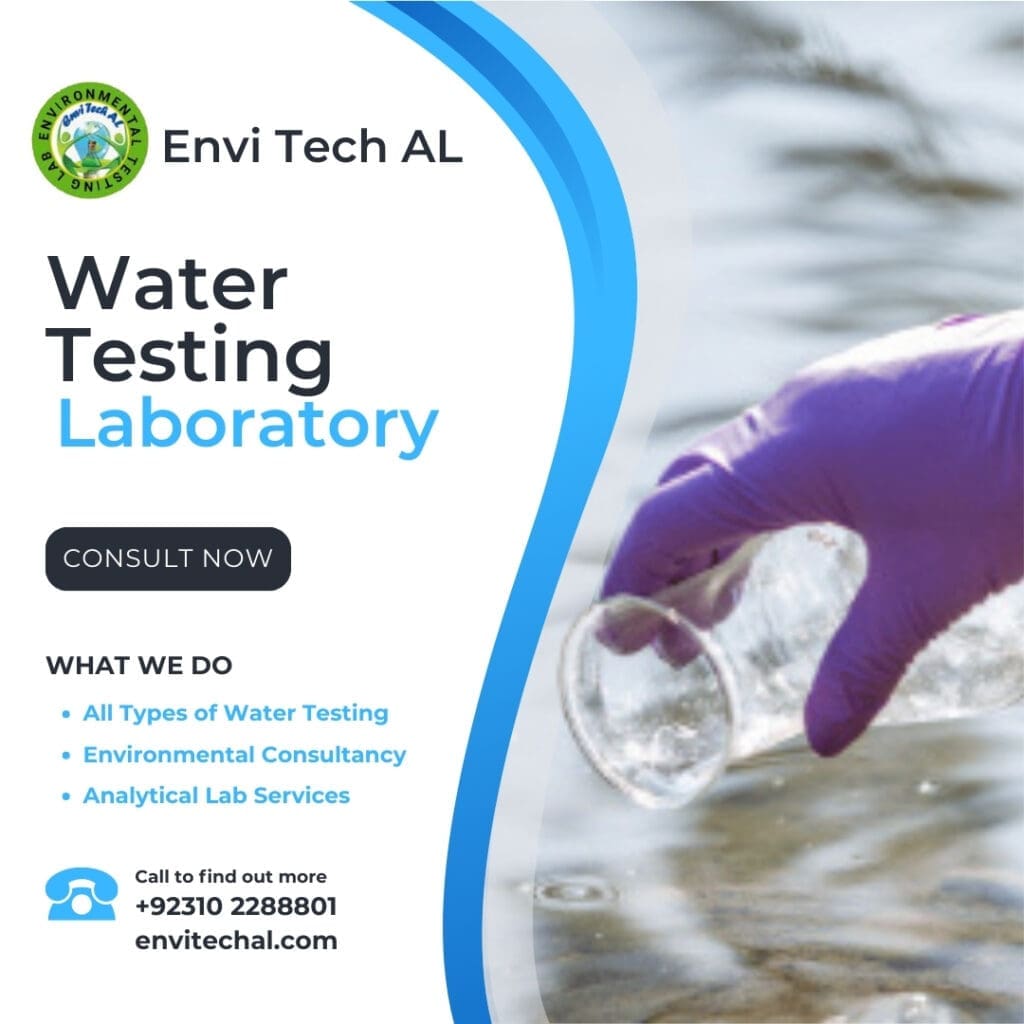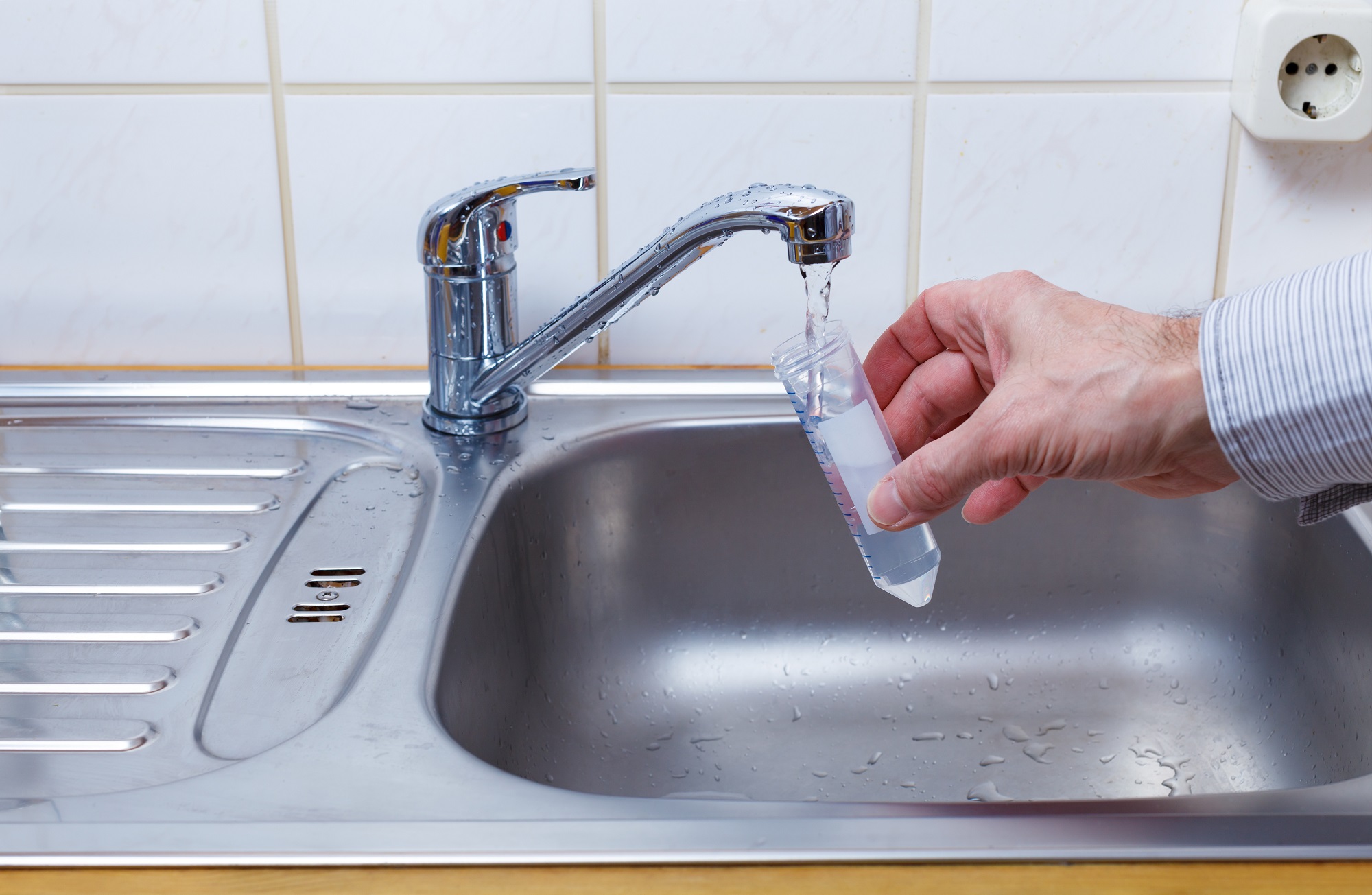The Relevance of Choosing Water Testing Services Tampa for Your Health and wellness
The Relevance of Choosing Water Testing Services Tampa for Your Health and wellness
Blog Article
Discover What Is Included in Water Testing and How It Ensures Safe Alcohol Consumption Water
Understanding the details of water screening is pivotal in making sure the high quality and safety of our drinking water. With a meticulous evaluation of physical, chemical, and microbiological aspects, water screening determines potential contaminants that might position wellness threats. From the visibility of heavy metals to damaging microorganisms, each test component plays an important function in keeping the stability of our water system. Advanced techniques like chromatography and spectrometry improve the accuracy of these analyses. Exactly how do these processes convert right into the regulatory frameworks that ensure safety and security in our everyday usage?
Trick Elements of Water Testing
Water screening is a critical procedure that involves numerous essential elements to guarantee the safety and security and top quality of drinking water. Furthermore, making sure the pH equilibrium of water is essential, as it impacts the water's corrosiveness and the efficiency of sanitation processes.
One more substantial component involves microbiological analysis, where water samples are taken a look at for the existence of bacteria such as germs, infections, and protozoa. If consumed, this analysis is vital to identify biological hazards that could present wellness risks. Additionally, chemical evaluations are carried out to detect natural and inorganic materials, such as hefty metals, nitrates, and chemicals, that could be existing in the water system.

Spotting Hazardous Pollutants
Discovering unsafe impurities in alcohol consumption water is a fundamental facet of protecting public wellness. This procedure includes identifying potential hazards that can compromise the quality and safety and security of water materials. Impurities can range from microorganisms such as bacteria, infections, and protozoa, to not natural substances like lead, arsenic, and nitrates, along with natural pollutants consisting of chemicals and industrial chemicals. Each kind of pollutant presents distinct wellness dangers, making their detection crucial to make certain the water taken in by the public is safe.
Water testing for pollutants is generally conducted by regulatory agencies and water utilities, utilizing a combination of area tasting and research laboratory analysis. These assessments are created to find both naturally happening substances and anthropogenic contaminants that may have gone into the supply of water through agricultural overflow, commercial discharge, or maturing facilities. Routine surveillance is necessary, as contamination degrees can change because of ecological changes, seasonal variants, or human activities.
The recognition of hazardous contaminants informs required actions, such as water therapy interventions or public advisories, to mitigate dangers. Early discovery is essential to stop unfavorable health impacts, ranging from intestinal ailments to long-term conditions like cancer cells, thereby making sure the continued security of drinking water.

Chemical Analysis Strategies
In the world of making certain risk-free alcohol consumption water, chemical analysis techniques play a pivotal function in determining and evaluating contaminants. These techniques are vital for identifying a large variety of chemical substances, consisting of hefty metals, pesticides, and commercial contaminants, which can pose considerable health and wellness risks. Techniques such as atomic absorption spectroscopy (AAS) and inductively paired plasma mass spectrometry (ICP-MS) are typically employed to measure trace levels of steels like lead, arsenic, and mercury. These tools provide exact quantification, facilitating conformity with governing criteria.
Gas chromatography-mass spectrometry (GC-MS) is another crucial method, specifically for organic compounds. It separates intricate mixes and identifies semi-volatile and unstable organic substances, making certain that contaminants like benzene and toluene are within secure restrictions. High-performance liquid chromatography (HPLC) is similarly used for non-volatile compounds, including particular pesticides and drugs.
Ion chromatography is utilized to establish focus of cations and anions, such as nitrates and sulfates, which are crucial in evaluating water top quality. These chemical evaluation methods collectively make sure that drinking water remains safe by finding inconsistencies from developed purity norms, consequently guarding public health and wellness. Guaranteeing precision and accuracy in these examinations is paramount to preserving the honesty of water safety evaluations.
Microbiological Checking Techniques
Accurate microbiological testing is important for protecting public health and wellness by ensuring web link that alcohol consumption water is without hazardous pathogens. This process entails discovering and identifying bacteria such as germs, viruses, and protozoa that might contaminate water supplies. Usual pathogens consist of Escherichia coli, Giardia, and Cryptosporidium, each presenting considerable health threats.
Several techniques are utilized in microbiological testing to determine these hazards. The membrane layer filtering technique is frequently utilized, entailing water travelling through a filter that records germs, which are then cultured to determine their presence and focus. Alternatively, the multiple-tube fermentation approach makes it possible for the metrology of coliform microorganisms making use of a collection of dilution and incubation steps.
Developments in innovation have actually introduced molecular methods such as polymerase chain response (PCR), which enables the extremely details and quick discovery of pathogens by magnifying their hereditary product. Enzyme-linked immunosorbent assays (ELISA) also use an approach to discover pathogens by recognizing certain healthy proteins or antigens.
These varied techniques are essential for comprehensive water high quality evaluation, making sure that water treatment procedures are effective and that circulation systems maintain safety and security. By employing these microbiological testing techniques, potential carcinogen can be recognized and reduced immediately.

Importance for Public Health And Wellness
Ensuring redirected here the microbiological safety of drinking water directly influences public wellness by stopping the spread of waterborne illness. Virus such as microorganisms, viruses, and protozoa can lead to health problems like cholera, dysentery, and gastrointestinal infections (Water Testing Services Near Me). The implementation of thorough water testing methods is extremely important in recognizing and alleviating these risks, hence safeguarding areas from prospective break outs
Regular water testing not only discovers microbial contaminants yet likewise examines chemical and physical criteria that can affect wellness. As an example, too much levels of nitrates or heavy steels such as lead can present serious health dangers, specifically to at risk populaces like babies and expecting females. By identifying these hazards early, water testing makes it possible for timely interventions, making certain the water supply continues to be within secure intake criteria.
Moreover, water testing plays a critical function in keeping public self-confidence in community water systems. It provides openness and liability, assuring the public that their health is a top priority. For policy manufacturers and wellness officials, the information stemmed from water screening informs decisions on facilities financial investments and public health methods, guaranteeing resources are directed where they are most required. This way, water testing is essential in promoting a healthier, much safer society.
Verdict
Water screening functions as a vital device for making certain the security and high quality of alcohol consumption water with thorough assessment of its physical, chemical, and microbiological residential properties. By detecting damaging contaminants, such as hefty steels and pesticides, and making use of innovative methods like chromatography and spectrometry, water testing promotes the recognition of prospective wellness dangers. The implementation of extensive testing procedures is vital for keeping compliance with security requirements, ultimately guarding public wellness and strengthening self-confidence in community water supply.

By determining these hazards early, water testing makes it possible for prompt treatments, guaranteeing the water supply continues to be within safe usage requirements.
Water testing offers as an important mechanism for ensuring the security and quality of alcohol consumption water via comprehensive examination of its physical, chemical, and microbiological residential properties.
Report this page